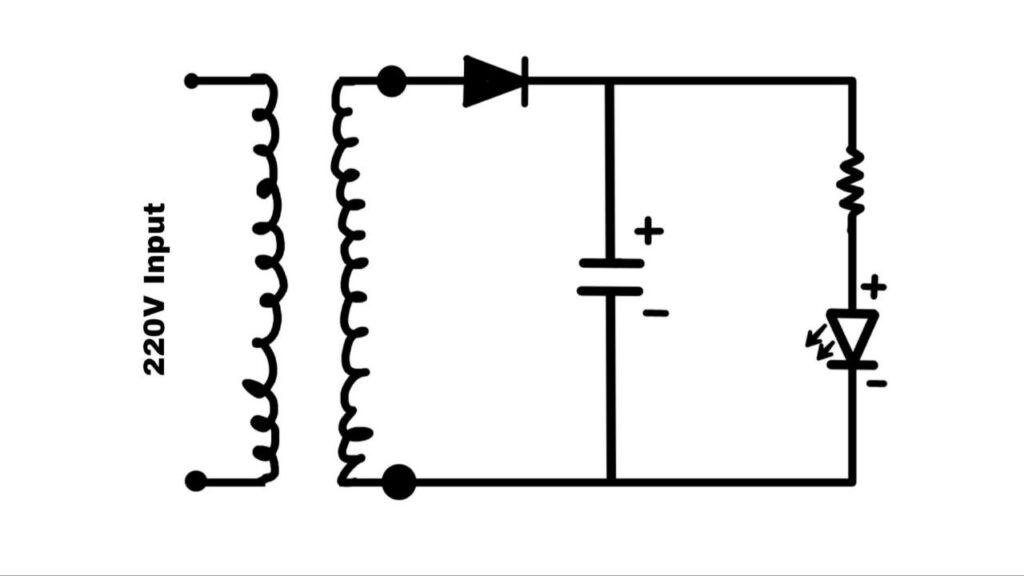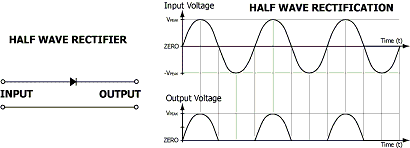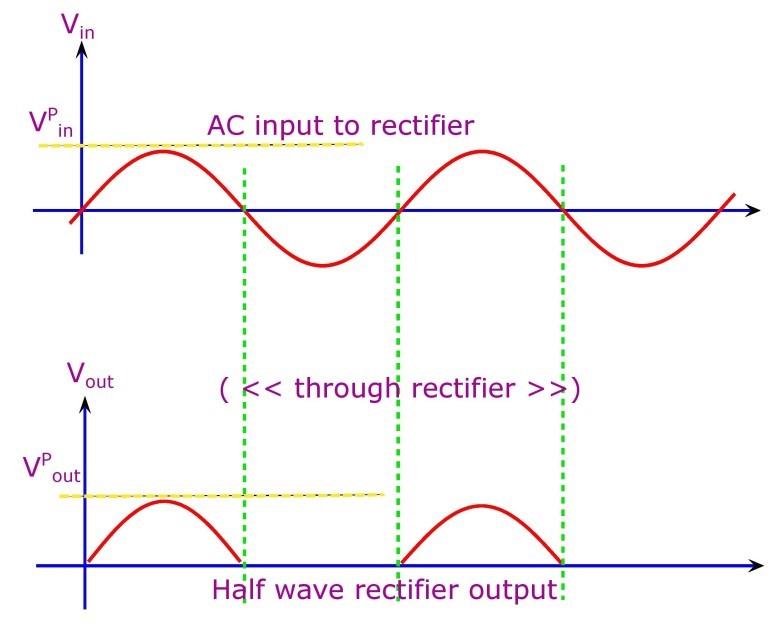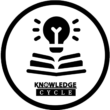Half Wave Rectifier Physics Investigatory Project PDF Class 12

Introduction
A rectifier a simple diode or group of diodes which converts the Alternating Current (AC) into Direct Current (DC).
We know that a diode allows electric current in one direction and blocks electric current in another direction. We are using this principle to construct various types of rectifiers.
Rectifiers are classified into different types based on the number of diodes used in the circuit or arrangement of diodes in the circuit. The basic types of rectifiers are: half wave rectifier and full wave rectifier.
A half wave rectifier is a type of rectifier which converts the positive half cycle (positive current) of the input signal into pulsating DC (Direct Current) output signal. The half wave rectifier is the simplest form of the rectifier. We use only a single diode to construct the half wave rectifier.
The half wave rectifier is made up of an AC source, transformer (step-down), diode, and resistor (load). The diode is placed between the transformer and resistor (load).
Theory
The half-wave rectifier circuit is made by using a semiconductor diode (D) with a load resistance . The diode is connected in series with the secondary of the transformer and the load resistance . The primary of the transformer is being connected to the ac supply mains.
The ac voltage across the secondary winding changes polarities after every half cycle of input wave. During the positive half-cycles of the input ac voltage i.e. when upper end of the secondary winding is positive with respect to its lower end, the diode is forward biased and therefore conducts current. If the forward resistance of the diode is assumed to be zero (in practice, however, a small resistance exists) the input voltage during the positive half-cycles is directly applied to the load resistance , making its upper end positive with respect to its lower end. The waveforms of the output current and output voltage are of the same shape as that of the input ac voltage.
During the negative half cycles of the input ac voltage i.e. when the lower end of the secondary winding is positive with respect to its upper end, the diode is reverse biased and so does not conduct. Thus, during the negative half cycles of the input ac voltage, the current through and voltage across the load remains zero. The reverse current, being very small in
magnitude, is neglected. Thus, for the negative half cycles no power is delivered to the load.
Thus, the output voltage (VL) developed across load resistance R is a series of positive half cycles of alternating voltage, with intervening very small constant negative voltage levels, It is obvious from the figure that the output is not a steady dc, but only a pulsating dc wave. To make the output wave smooth and useful in a DC power supply, we have to use a filter across the load. Since only half-cycles of the input wave are used, it is called a half wave rectifier.
Output of half wave rectifier is not a constant DC voltage. In real life applications, we need a power supply with smooth wave forms. In other words, we desire a DC power supply with constant output voltage. A constant output voltage from the DC power supply is very important as it directly impacts the reliability of the electronic device we connect to the power supply.
We can make the output of half wave rectifier smooth by using a filter (a capacitor filter or an inductor filter) across the diode. In some case resistor-capacitor coupled filter (RC) is also used.
Experiment
MEASUREMENT OF CURRENT USING HALFWAVE RECTFIER
AIM
To determine the current by measuring voltage and resistance using Halfwave Rectifier.
MATERIAL REQUIRED
- Diode
- Capacitor(50v)
- Voltmeter
- Resistance box
- Ac supply
- Wires for connection
Procedure
- Take an AC Supply and connect it to switch.
- Connect the terminal part of the AC to the p part of the diode using wire.
- Now Connect the other part of the AC terminal to the Capacitor.
- Connect the n-part of the diode to the capacitor.
- Connect the both ends of a capacitor to the resistance box.
- Place a connection between voltmeter and resistance box by joining the terminals of voltmeter.
- Now power on the switch and find out the resultant voltage by changing the resistance box.
- Calculate the current by measuring the mean voltage and resistance using ohm’s law.
Circuit Diagram

Graph


Observation
Resistance (in Ω) | Volt (in V) |
1 | 0.7 |
2 | 1.1 |
3 | 1.4 |
4 | 1.6 |
5 | 1.8 |
Result
The average current produced by Half-wave rectifier is 0.264 Ampere
Conclusion
A half wave rectifier is rarely used in practice. It is never preferred as the power supply of an audio. circuit because of the very high ripple factor. High ripple factor will result in noises in input audio signal, which in turn will affect audio quality.
Advantage of a half wave rectifier is only that its cheap, simple and easy to construct. It is cheap because of the low number of components involved. Simple because of the straight forwardness in circuit design.
Measuring the mean current flow helps us to understand the amount of AC current passed through the circuit.
Application
In day-to-day life, the half-wave rectifier is mostly used in low power applications because of its major disadvantage being the output amplitude which is less than the input amplitude. Thus, power is wasted and output is pulsated DC resulting in excessive ripple.
Some of the uses and applications of rectifiers are in:
- Appliances
- Used with transformers
- Soldering
- AM radio
- Pulse generated circuits
- Single demodulation
- Voltage multiplier
Advantage of Half Wave Rectifier
- Simple circuit with a smaller number of components
- Economical at initial state. Although there is a higher cost over time due to more power losses
Disadvantage of Half Wave Rectifier
- Converts only one cycle of the sinusoidal input given to it and the other cycle gets wasted. Thus, giving more power loss.
- HWR produces lower output voltage.
- The output current thus obtained is not purely DC and it still contains a lot of ripple (i.e. it has a high ripple factor)
Precaution
- Do not switch on the circuit before checking whether it is correct or not
- The connection between voltmeter and resistance box should be made correctly.
- Connect all the wires properly. Loose connection may end up in failure of circuit.
- Capacitor of less volt may be connected to the diode.
- Diode should be connected in forward bias.
.
Bibliography
- wikipedia.com
- Google Search Engine
- Knowledgecycle.in/half-wave-rectifier-project
- dcaclab.com/blog/half-wave-rectifier
- electrical4u.com/half-wave-rectifiers

